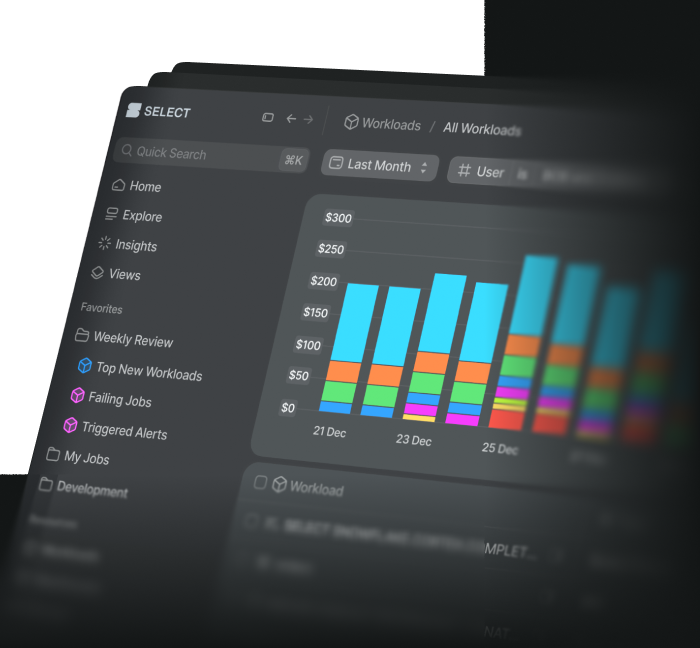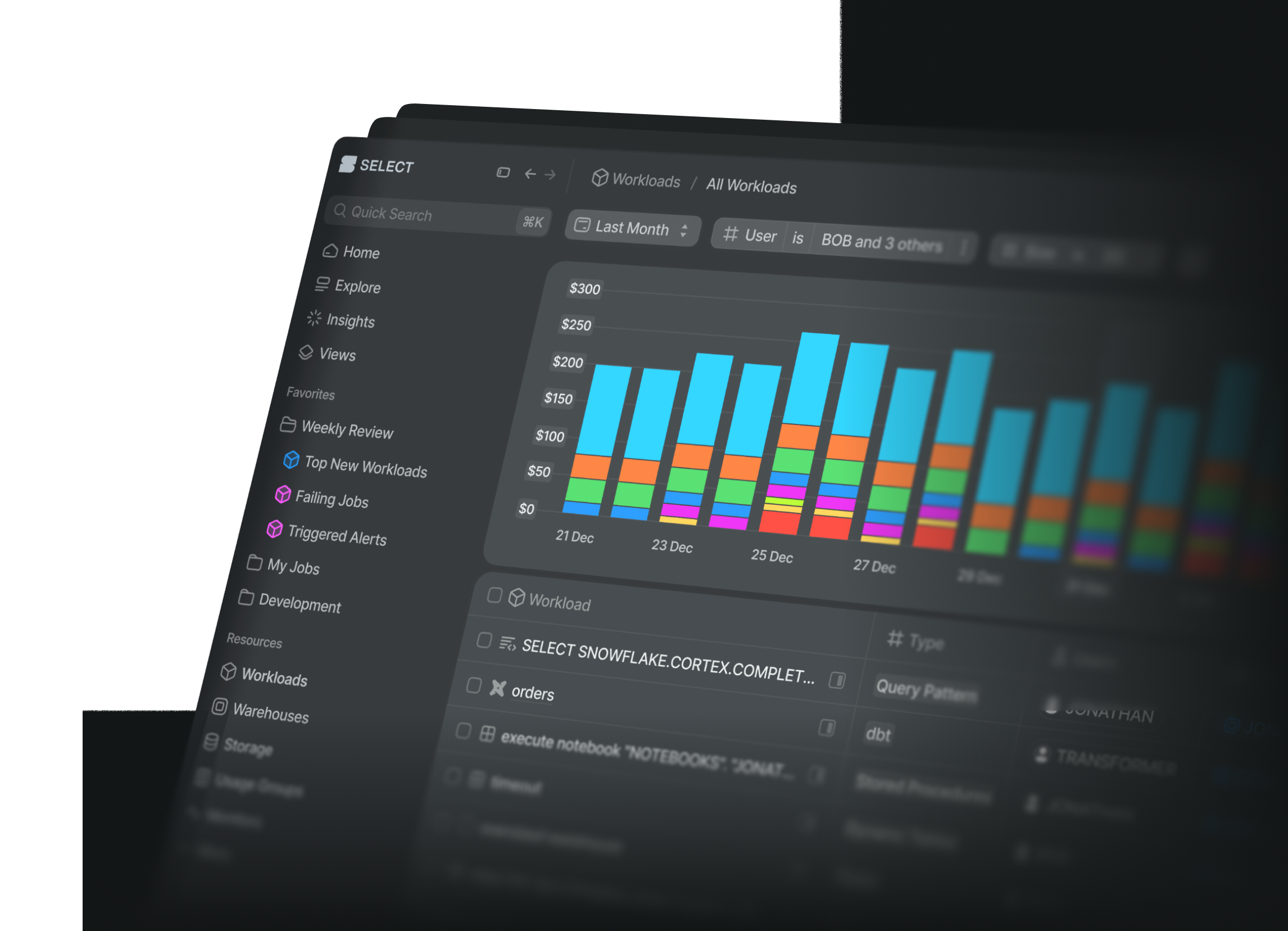
Effective Filtering of Window Functions With Snowflake QUALIFY
Jeff SkoldbergMonday, December 09, 2024
What is Qualify in Snowflake?
The qualify clause in Snowflake, or generally in SQL, enables filtering based on the result of a window function. A window function cannot be used in the where clause directly, so use qualify instead when you need to filter on window functions.
Quick Refresher on Window Functions
A window function is a function that operates on a set of rows in relation to the current row. They are often used to calculate ranks, running totals, moving averages, count by partitions, etc. Whenever you need to reference the rows above or below the current row, you need a window function. And the qualify clause is just a shortcut to filtering on a window function.
Qualify Syntax
The syntax for qualify is as follows:
You can see that qualify comes at the end of the SQL query, right before the optional order by clause.
Example 1: Finding the Top Sales Rep
Based on the data below, let’s try to answer two business questions.
- Who is the top sales rep in each region each day?
Snowflake will return the highlighted rows:
2. Who is the top sales rep for each day?
Snowflake will return the highlighted rows:
Quick tip: Alias reuse works with the qualify clause! If you have the need to actually select the window function and not just filter on it, you can re-use the window function alias.
Example 2: Finding Duplicate Records
Using the qualify clause is the fastest way to find which records are causing a unique test in dbt to fail, or isolate duplicates based on a combination of columns.
Let’s say you have a column called id that is tested for uniqueness and that test fails. You want analyze all of the duplicate records, with the duplicates sorted together.
The fastest way to select all of the records from the failed test is this:
Why is Qualify Useful? It is a Shortcut!
Let’s look at alternative ways to solve the duplicate records query.
Option 1:
Option 2
There are a few more ways we can solve this same question, but none of them are as quick and easy as using the qualify clause.
Key Takeaway: The main point of the qualify clause is it eliminates the need for a CTE when filtering on a window function. Since window functions cannot be used directly in the where clause, they would require a CTE for filtering if the qualify clause did not exist.
What is the difference between WHERE and Qualify in Snowflake?
We have already covered that qualify filters a window function and cannot be used in the where clause, but let’s dive deeper into the SQL order of operations.
This is the order in which Snowflake will process your select statement:
It is important to note that any filtering in the from and where clause happen before any filtering in qualify. Also, any aggregation and aggregate filtering (group by and having) come before this as well.
Wrapping Up
Once again, the qualify clause in Snowflake is really just a shortcut that eliminates CTEs and sub-queries when you want to filter on a window function. I use this almost every day in my daily work for analyzing duplicates, removing duplicates (qualify row_number() … = 1 ), or advanced analytics scenarios.

Jeff Skoldberg is a Sales Engineer at SELECT, helping customers get maximum value out of the SELECT app to reduce their Snowflake spend. Prior to joining SELECT, Jeff was a Data and Analytics Consultant with 15+ years experience in automating insights and using data to control business processes. From a technology standpoint, he specializes in Snowflake + dbt + Tableau. From a business topic standpoint, he has experience in Public Utility, Clinical Trials, Publishing, CPG, and Manufacturing.
Want to hear about our latest Snowflake learnings?Subscribe to get notified.
Get up and running in less than 15 minutes
Connect your Snowflake account and instantly understand your savings potential.


